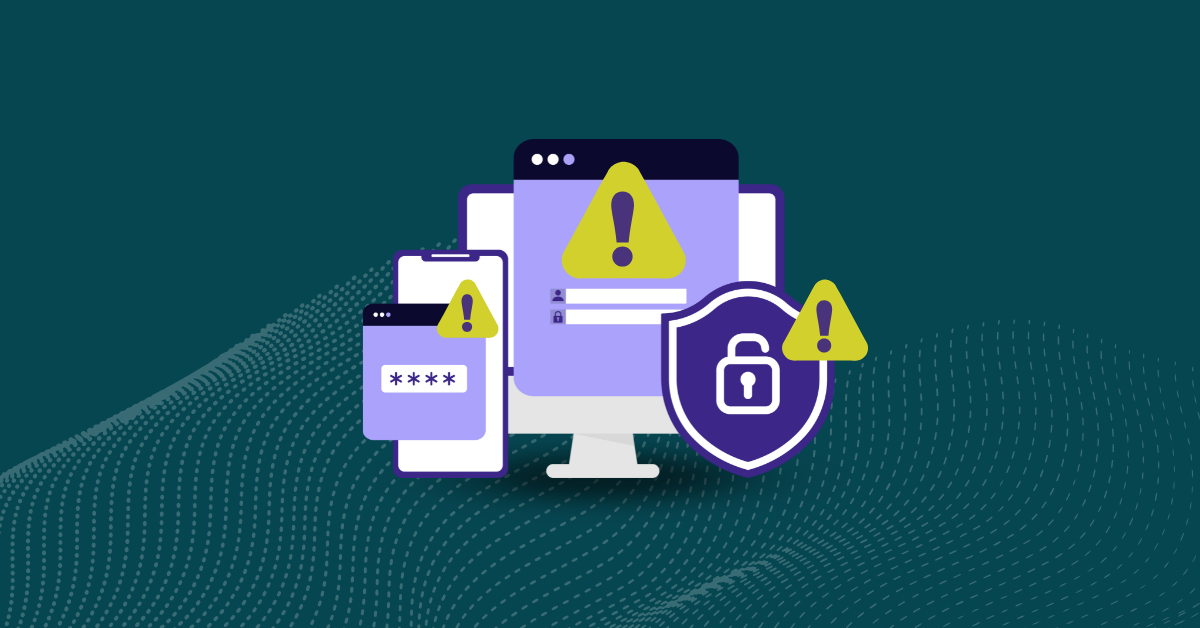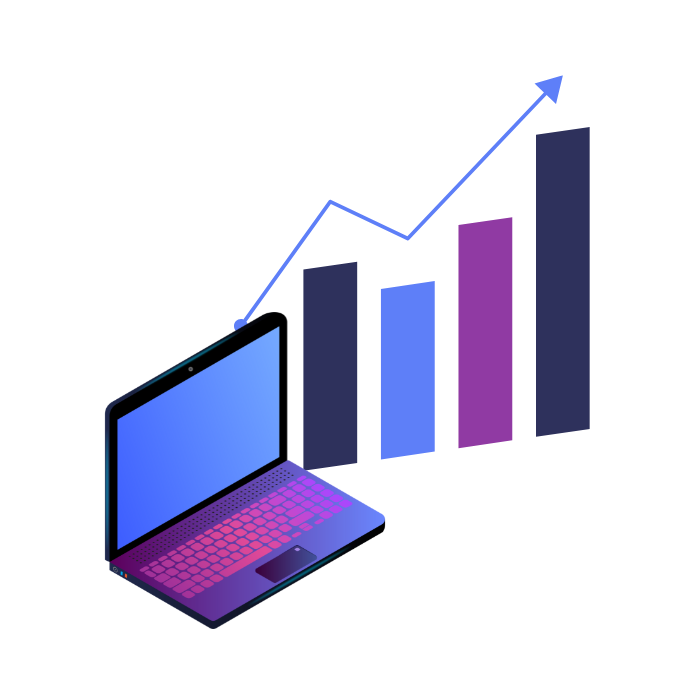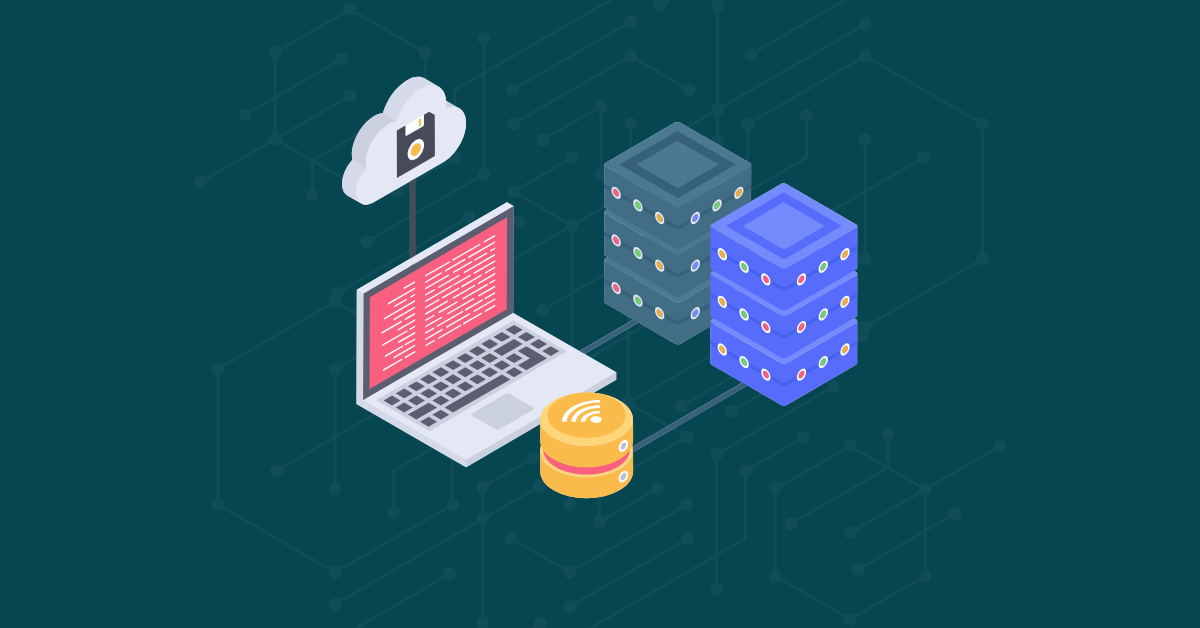

The Application Security (AppSec) landscape is constantly evolving and adapting to the changing times. As more organizations are looking to AppSec to protect their digital assets from malicious actors, AppSec trends have changed to meet the demands of modern data security threats. In light of the numerous data breaches that occurred in 2022, AppSec professionals are looking ahead to 2023 and beyond to better understand the AppSec trends of the future. This article outlines some key AppSec trend predictions for 2023, with a focus on the current AppSec trends and risks.
The year 2022 has had plenty of developments in software security. With a rapidly growing digital world, the need for secure applications and systems has never been greater. Several trends have emerged in the AppSec space to address these risks. They include:
In 2022, there has been a key focus on securing the software supply chain. This is due to the increased risks associated with software development. The recent Solarwind data breach is a testament to the need for more stringent software supply chain security measures. Another vulnerability affecting Apache, namely Log4j, used in many Java-based applications, further emphasizes the need for software security measures.

The two cases of supply chain attacks dominated the software security landscape in 2022, leading to major changes to the software supply chain. Companies are doing more to protect their applications, while also taking proactive steps, like performing Static Application Security Testing (SAST), to identify and fix vulnerabilities before malicious actors exploit them.
In 2022, AppSec is increasingly becoming a priority for organizations across the globe. Gartner reported a 21.3% increase in global spending for AppSec solutions in 2022, up from $4.963 billion in 2021. This trend will continue to rise as organizations strive to protect their applications from increasingly sophisticated threats.

An increase in spending on AppSec is a sign of the growing awareness of the risks software security exposes to organizations. Software vulnerabilities can lead to data breaches and critical financial losses. Therefore, organizations are investing in solutions that can mitigate and manage these risks.
Two of the most popular AppSec solutions for 2022 include SAST and SCA (Software Composition Analysis). SAST is a white-box testing method that inspects code and application structure to identify security defects and vulnerabilities. SCA, on the other hand, is a black-box testing approach that leverages automated scanning tools to detect and fix software composition issues.
Due to the rapid evolution of technology, application security has become more important than ever. As a result, developers are taking ownership of security and striving to ensure that the software they create is secure. This trend is evident in the rise of DevOps and DevSecOps, both focused on integrating security into software development. As data breaches become increasingly frequent and the risks associated with software security are more widely known, developers are becoming more aware of their responsibility to secure the applications they build.
As a current AppSec trend in 2022, threat modeling is an essential practice for understanding and mitigating risks associated with software security. It involves identifying likely threats to a system and implementing proactive measures to prevent their realization. Developers create threat models to analyze the data and functions of their software, so they can better understand the risks associated with it.
There are expectations that the AppSec industry will grow further in 2023, with more organizations investing in solutions and technologies to secure their applications. With the increasing sophistication of cyber threats, AppSec solutions will become even more integral to an organization’s security posture.

The following are key trends to watch out for in 2023:
As more businesses move to the cloud, AppSec professionals need to keep up with the demand for cloud AppSec in 2023. AppSec trends are shifting as organizations strive to stay ahead of the curve in software security.
Cloud AppSec is the practice of using technologies and processes to protect applications on a cloud-based platform from malicious actors and vulnerabilities. Organizations must consider the security of their applications hosted in the cloud. Weak authentication methods, insecure application development, and poor access control are all potential risks of utilizing a cloud-based platform.
API security will remain a major focus for AppSec teams in 2023, as more companies move towards cloud-based services and further connect their applications. As APIs become increasingly essential for many businesses, the risks associated with their use are worth taking into account. It’s important to assess the risks associated with API usage, such as data breaches or malicious activities, and take steps to address them.
In 2023, AppSec will receive an increased budget allocation across many industries. Companies are beginning to realize that the cost of dealing with cybercrime is far greater than the cost of investing in security. They are beginning to understand that having a secure application is essential to their success, and are investing more in AppSec.
In the past decade, organizations have been exploring ways to modernize their software security practices. One method, known as shift-left, has become a popular strategy for improving software security. However, taking this approach one step further — shift-everywhere — could be the key to maximizing efficiency and reducing risks.
Shift-left is a strategy that focuses on finding and resolving software security issues earlier in the software development lifecycle. It calls for teams to begin testing for vulnerabilities as soon as possible, instead of waiting until the end of the process. To maximize security, organizations should consider taking a shift-everywhere approach in 2023 and beyond.
In 2023, there will be an increase in reliance on automation, AI, and machine learning to secure applications. Automation can help reduce the time needed for software security tests, such as SAST, making the process more efficient. AI and machine learning can analyze large amounts of data quickly, to detect vulnerabilities earlier and with greater accuracy.
With the rise of application-level risks, organizations need to take steps to secure their applications and protect their data. Kiuwan’s SAST and SCA are the best solutions to help organizations identify, prioritize, and remediate AppSec vulnerabilities. SAST and SCA provide teams with the visibility they need to discover and fix security issues before they become costly problems, helping organizations mitigate risk and maintain secure applications. Contact us today to learn more about how Kiuwan can help your organization reduce risk and ensure the security of your applications.


